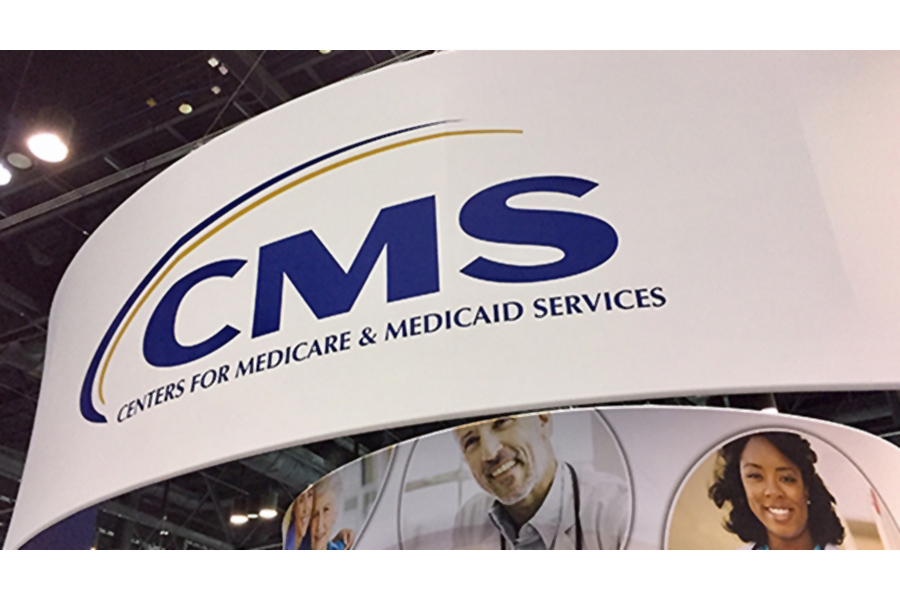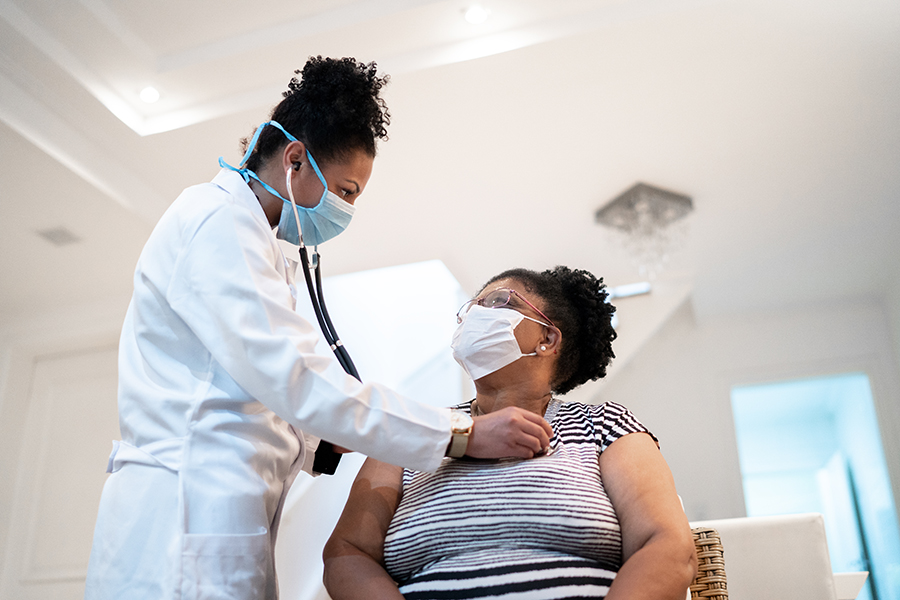The Centers for Medicare and Medicaid Services (CMS) have announced proposed payment changes for Medicare home health agencies (HHAs) that would affect them in calendar year (CY) 2018 and 19. These changes include:
- Updates to Medicare payment rates and the wage index for HHAs
- “Changes to the home health prospective payment system (HH PPS) case-mix adjustment methodology, including a change in the unit of payment from 60-day episodes of care to 30-day periods of care, to be implemented January 1, 2019.”
- Proposals for the Home Health Value-Based Purchasing Model and the Home Health Quality Reporting Program
- A Request for Information (RFI) to gather responses and suggestions to the proposed changes
The case-mix adjustment methodology—called the home health groupings model (HHGM)—relies “more heavily on clinical characteristics and other patient information to place 30-day periods of care into meaningful payment categories,” according to the proposal. CMS estimates the HHGM would result in a 4.3% decrease in Medicare payments to agencies in 2019, assuming a “fully non-budget neutral” implementation. Meanwhile, the proposal also would reduce Medicare payments to HHAs in CY 2018 by 0.4 percent, or $80 million—significantly less than the 5% cut the Medicare Payment Advisory Commission recommended for 2018.
A statement from CMS Administrator Seema Vermal articulates the motivations for the proposed payment changes: “We’re redesigning the payment system to be more responsive to patients’ needs and to improve outcomes. The new payment system aims to encourage innovation and collaboration and to incentivize home health providers to meet or exceed industry quality standards.”
Stakeholders in home healthcare have expressed concerns that the CMS proposal discourages HHAs from providing therapy with higher reimbursement rates. One critic, Amedisys CEO Paul Kusserow, opposes the proposal because he believes it will lead to fewer HHAs willing to work with higher acuity patients. According to Kusserow, “It will limit us in terms of patients we can take care of. We’re trying to move up the acuity scale, not down the acuity scale.”
CMS struck a tone of optimism and cooperation in its RFI, stating, “CMS would like to start a national conversation about improving the health care delivery system, how Medicare can contribute to making the delivery system less bureaucratic and complex, and how we can reduce burden for clinicians, providers and patients in a way that increases quality of care and decreases costs[…].”
The CMS proposal also includes changes or elimination of 35 OASIS items, beginning CY2019.
CMS accepted comments on the proposed rule through September 25, 2017.
You may also be interested in:
- Health Plan Accreditation Update: NCQA Releases 2018 Standards and Guidelines
- Home Health Value-Based Purchasing: Updates for 2017
- 8 Ways Home Healths Can Reduce Hospital Readmissions
- Pre-Claim Review: What Home Health Agencies Should Know
Sources:






















